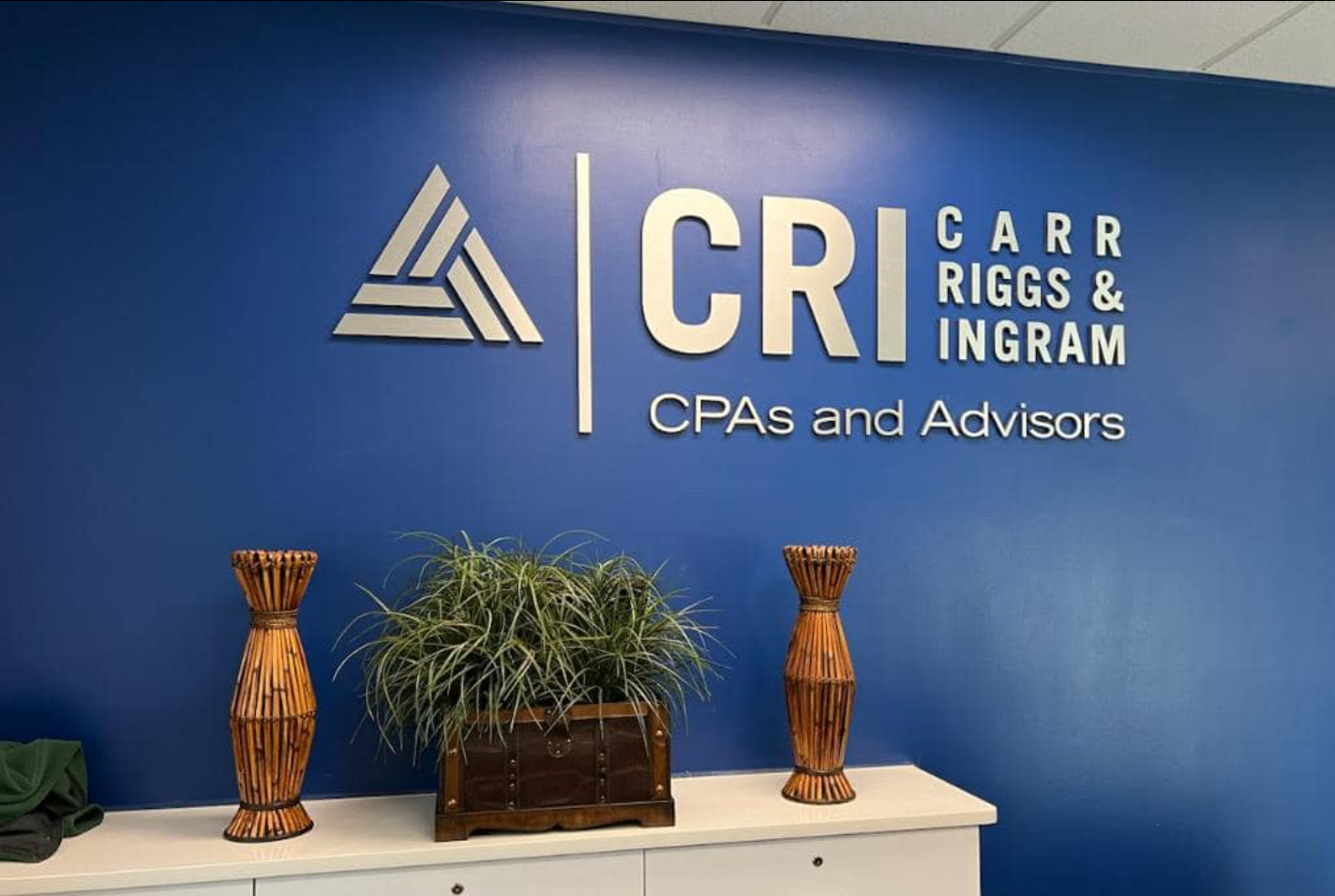By Judie McCarthy.
The right software will save your accounting firm time, money, and frustration. But finding the right solution isn’t as easy as using the first product you come across on a Google search or using the same solution that your friend at another firm uses. Like any other investment, you have to make your decision carefully and only after you have all the facts.
In this two-part series, I’m going to walk you through eight essential steps to finding the ideal software solution for your firm. (Go to Part Two.)
Steps 1-4: Finding the Right Software Solutions for Your Firm
1. Determine Where You’re At
Before you even start looking at your options, take an inventory of the solutions you’re currently using. While you’re creating your list, make a note of:
-
What you like. Which features or solutions are really working for your firm? What’s saving you time and improving your accuracy? What solutions do your staff and clients enjoy using?
-
What you don’t like. Which solutions are making your job harder or really aren’t solving problems like you’d hoped they would?
When you know what’s working and isn’t working for your firm now, it’s much easier to find a software solution that will meet your needs.
2. Determine What You Need
Now that you know where you’re at, you can start thinking about what you need. Here are a few important things to consider.
What Are Your Biggest Challenges and Pain Points?
What is your firm really struggling with? Is your workflow a mess? Do you want a more streamlined way to communicate with clients and share files? Identify the time sinks in your workflow so that you can find a software solution that addresses these issues.
If you’re having trouble with this step, refer back to the list you created in the previous step – specifically, your “don’t like” list. The things you don’t like about your current setup may be solved by a different software solution.
Separate Needs From Wants
Many firms think they need certain features, but in reality, they’re just bells and whistles. With your challenges and pain points in mind, create a list of features that are truly important for your firm.
What features can help your firm be:
-
More productive?
-
Save time?
-
Provide value?
Double-check your list and remove anything that’s just “nice to have” but not really necessary. For example, white-label software is nice. Everything is branded to look like it was custom designed for your firm. But does it really add value? It may help with brand building, but when it comes to solving problems for your clients and team members, it likely won’t do that.
When you have a list of features that are absolutely necessary and important for your firm, it’s much easier to narrow down your options and find the one that provides the best value.
3. Compare Solutions
Armed with a list of your firm’s needs and must-have features, you’re finally ready to start comparing solutions. But where do you start?
Ask for Recommendations
One great place to start is with the people you know and trust. Ask your peers for input and recommendations, but remember that these are just their recommendations. They likely don’t have the same needs as you, so don’t buy a product just because a colleague bought it. Take the time to research each recommended product to see whether it’s a good fit for your firm.
Check Reviews
Search for software reviews online. Reputable review sites like G2, Capterra, and apps.com can help you:
-
Find new solutions you may not have known about
-
Learn more about products you’re already interested in
Professional reviews are a great resource because you can learn more about how things work, whether the software is easy to use and set up, or if there are issues that could make your life harder.
Along with these reviews, you also want to look at feedback from users. Check user reviews on Google or testimonials on the product’s website. You can even check social media to see if anyone is talking about the product and what they have to say.
If possible, see if you can get in touch with people who wrote reviews or gave testimonials to ask them about their experiences. Be prepared with a list of questions or points you want to cover in your discussion.
Explore the Product’s Website
When comparing your options, don’t forget to review the websites of each product you’re considering. Check every nook and cranny of the site for information that may help inform your decision.
-
Visit every page on the main menu
-
Check the footer for additional pages that may have more information
-
Read through their help or FAQ sections
-
Watch videos or use on-site demos to see how the program works
You can learn a lot about a product by simply reading through the official website. In many cases, you can find answers to your questions. If not, take advantage of chatbots or contact forms to reach out to the provider and ask away.
At this point, you should have a handful of software solutions you’re really interested in. All that’s left to do is learn how the product works and test it out.
4. Learn and Test
Carve out time in your schedule to sit down and learn about how the product works. The simplest way to do this is to sign up for:
-
Free trials
-
Demo accounts
Free trials are great, especially if all of the software’s features are unlocked. But remember that trials are only available for a short window of time. Make sure that you sign up when you really have the time to thoroughly test the software and explore all of its features.
If you really want to make the most of trials and demos, get in touch with representatives who can help you learn more about the product’s features, benefits and inner workings. You don’t want to miss out on a great software solution simply because you didn’t know it had features X, Y or Z.
Here are some additional tips to maximize product testing:
-
Test out the features in real practice. For example, you may set up and test the solution with an existing engagement to see how the process works.
-
Consider asking a trusted client to help you test out client-facing features. Get their feedback on the system itself. For example, does the system add value? Is it easy to use? Their input can be considered when making your decision, but it shouldn’t be the determining factor in your choice.
Taking the Next Steps
You’re halfway to finding the right software solution for your firm. You’ve figured out what you need and found some solutions that may work well for your firm. But there’s still work to be done. Continue your journey in part 2 of our series, where we cover pricing, training, onboarding, support, and more.
==========
Judie McCarthy is a QuickBooks ProAdvisor (Advanced Certified), speaker, author, experienced accounting professional, and co-founder of Client Hub. Client Hub is a one-of-a-kind, all-in-one web-based, frictionless workflow and client collaboration tool built for accounting professionals. Client Hub takes communication out of cluttered, unsecure email inboxes and into a secure, firm branded workspace. To get in touch with Judie or schedule a demo of Client Hub, click here.
Thanks for reading CPA Practice Advisor!
Subscribe Already registered? Log In
Need more information? Read the FAQs
Tags: Benefits




